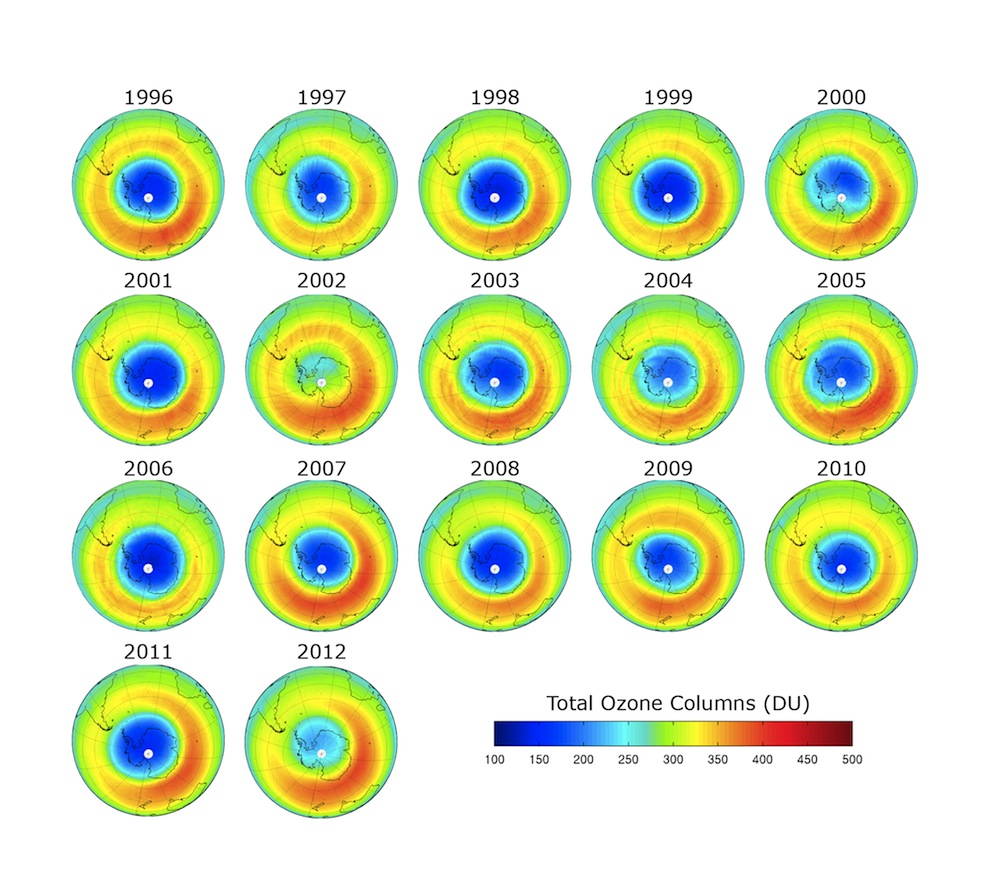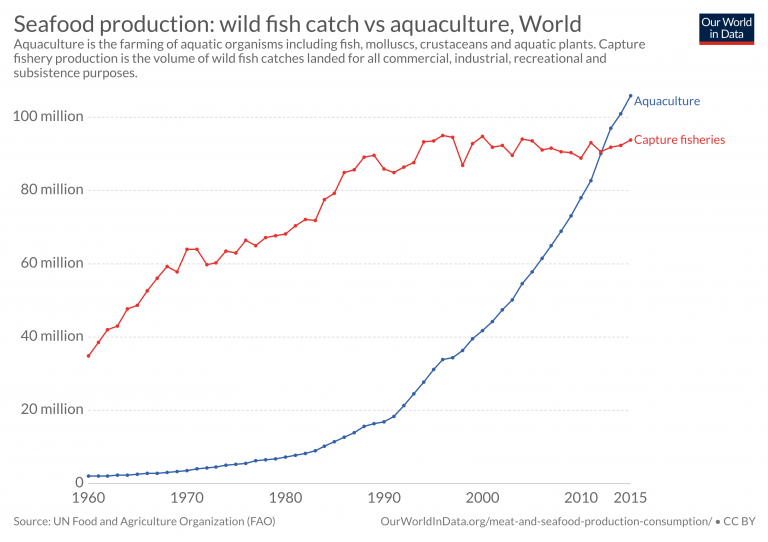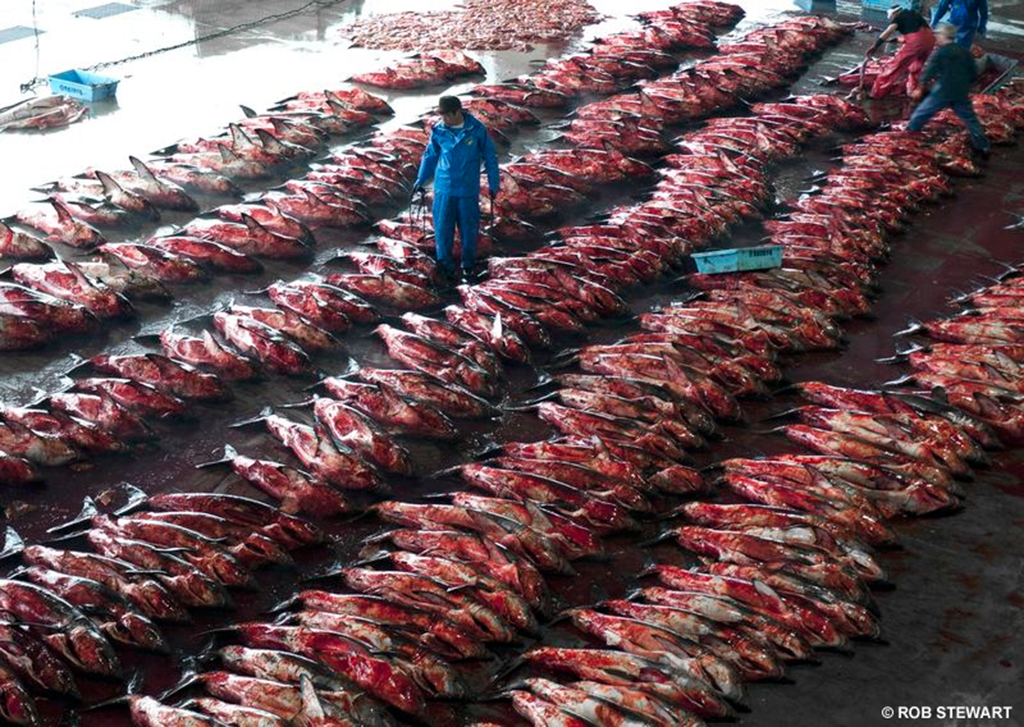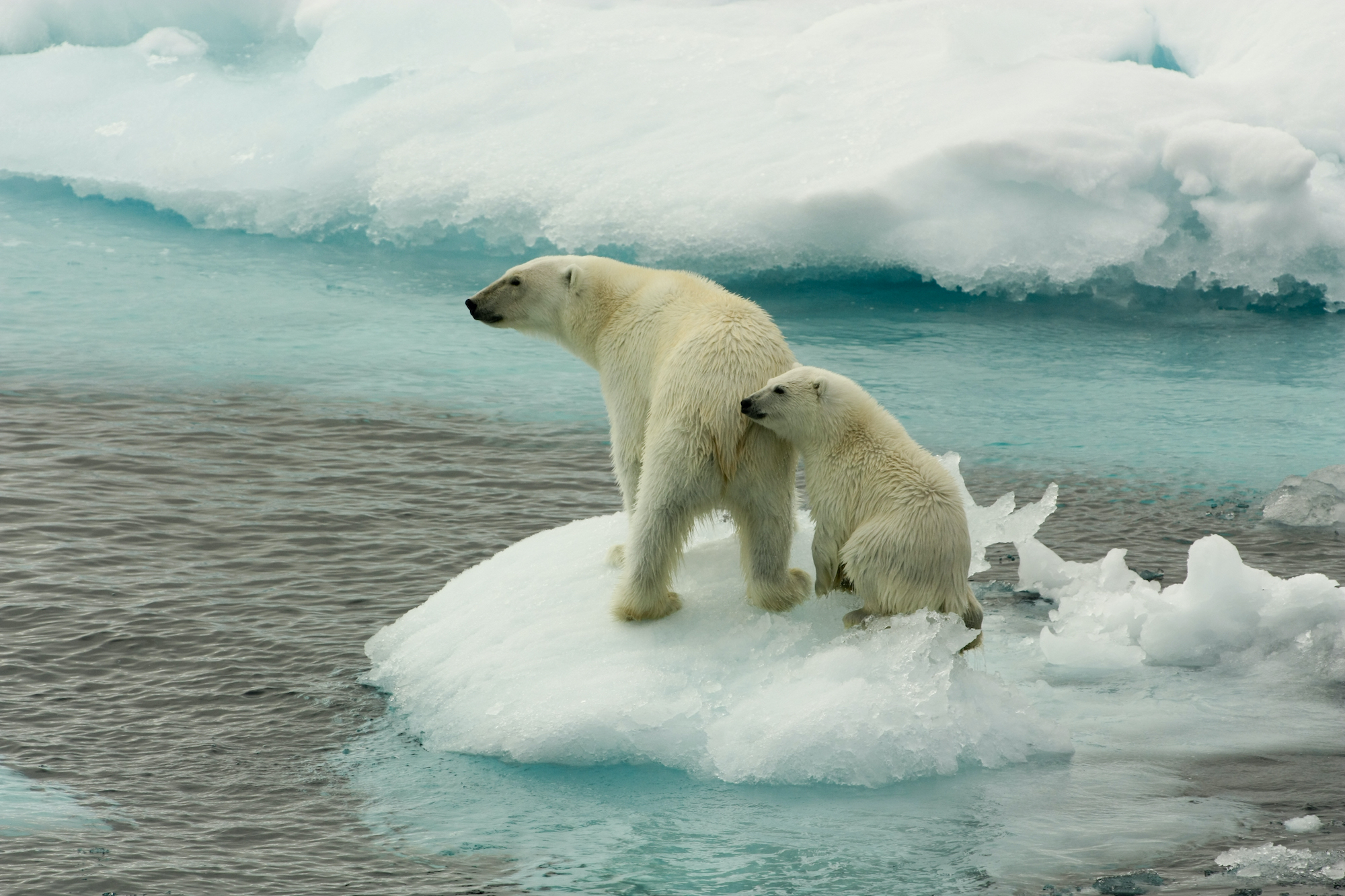
Climate change is occurring, and that’s an undeniable fact. We can physically measure that the Earth’s oceans are rising, that temperatures are increasing, and that carbon is growing in the atmosphere. No one credible is arguing that these aren’t occurring, but a sizable margin of people question whether these impacts are human caused or the natural cycle of the Earth. To some it seem crazy to believe that humans aren’t causing climate change, it’s not too hard to understand that the chemicals we pump into the atmosphere and plastic we throw into the ocean aren’t having adverse effects on the climate. Nonetheless, many still argue that humans aren’t affecting the planet in these ways and point to other factors either to feel better about themselves or out of a desire to be a contrarian.
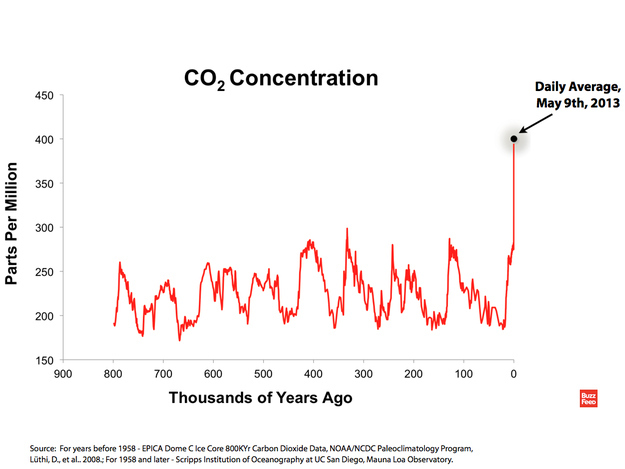
https://www.buzzfeednews.com/article/wherrmann/carbon-levels-highest-since-mammoths-roamed-the-earth
After reviewing the graph and article, you should have a pretty decent understanding of how Earth’s atmosphere fluctuates naturally. This is what many skeptics point to when attempting to disprove human-caused climate change. what they neglect however, is the amount of carbon concentrated in our atmosphere currently. Dramatically, seemingly instantly, carbon percentage exploded to almost two times more than recorded in the last million years. Consequently, this occurs as soon as the industrial revolution began. If the pattern were to continue, the downward slope occurring from 140,000 years ago to the current age, carbon should continue to drop for another few thousand years.
Learn more about carbon in our atmosphere…
You can clearly see a correlation between human evolution and carbon percentages, but correlation doesn’t necessarily translate to causation. So, let’s find a causation between the two. Rather than following humans emissions and possibly having a bias towards an outcome, we should follow what is definitely causing the climate to change and backtrack. Starting at carbon, when you find where the most carbon is created, you’re led to human sources such as cars, factories, and oil extraction. You can also track how much carbon is produced in the atmosphere and then track how much carbon percentage increases per year, and the two correlate. Scientists have ruled out “Earth wobble”, ocean cycles, and other factors that may be warming the planet and have ran simulations that predict the exact weather patterns were experiencing based on the output of human sourced carbon into the atmosphere.
For decades, both parties supported climate policy to reverse the effects of global warming which we have known about since the early-mid 1900s. However many oil companies and other corporations that would be negatively harmed by climate policy have spent billions to reverse public image of the issue.
https://www.sciencealert.com/the-five-corrupt-pillars-of-climate-change-denial
Regardless of the source of climate denial, it’s clear the problem is a real threat caused by humans. Anybody who says otherwise simply isn’t looking at the facts and letting personal bias and values distort their world view. Try to educate people who may deny it while they’re wrong without belittling them and maybe we can change the minds of more people each year.



